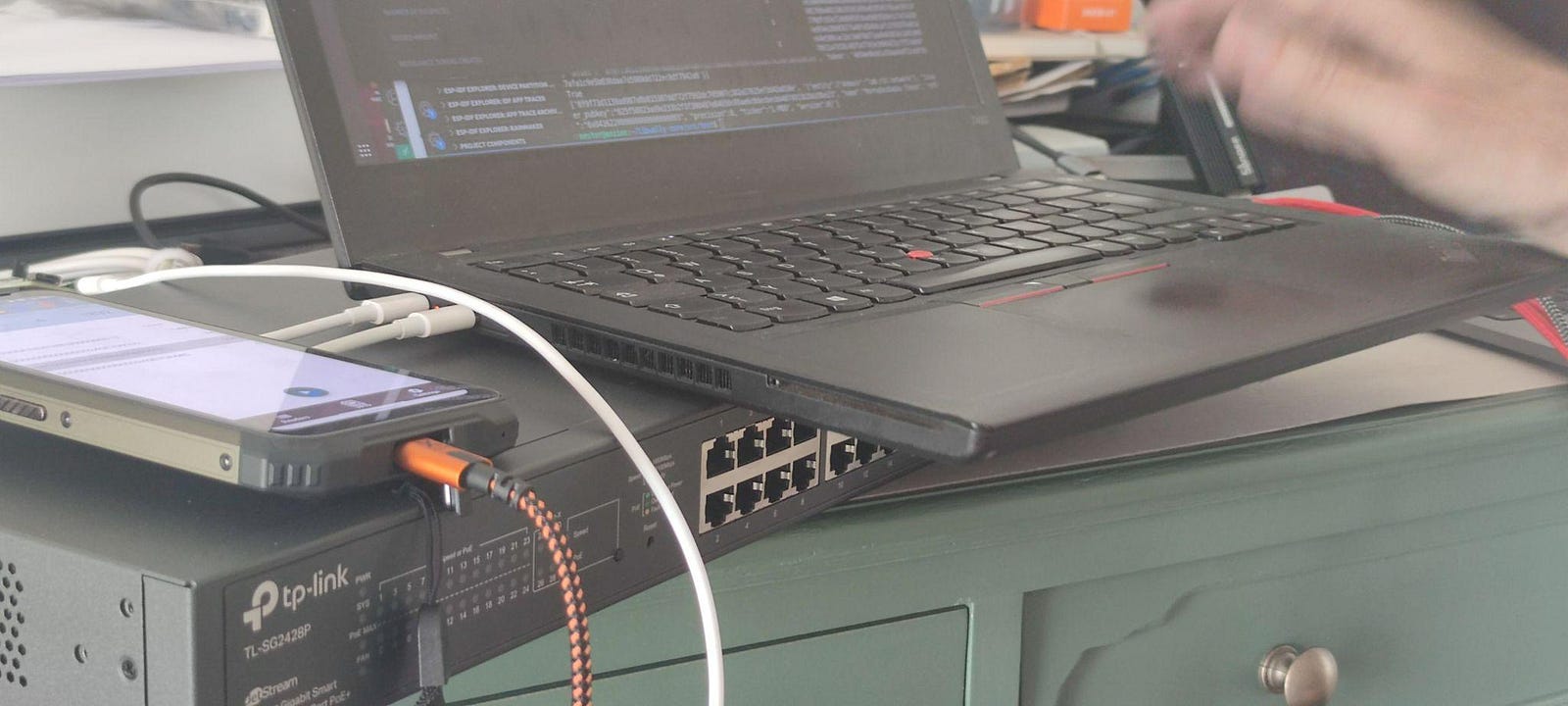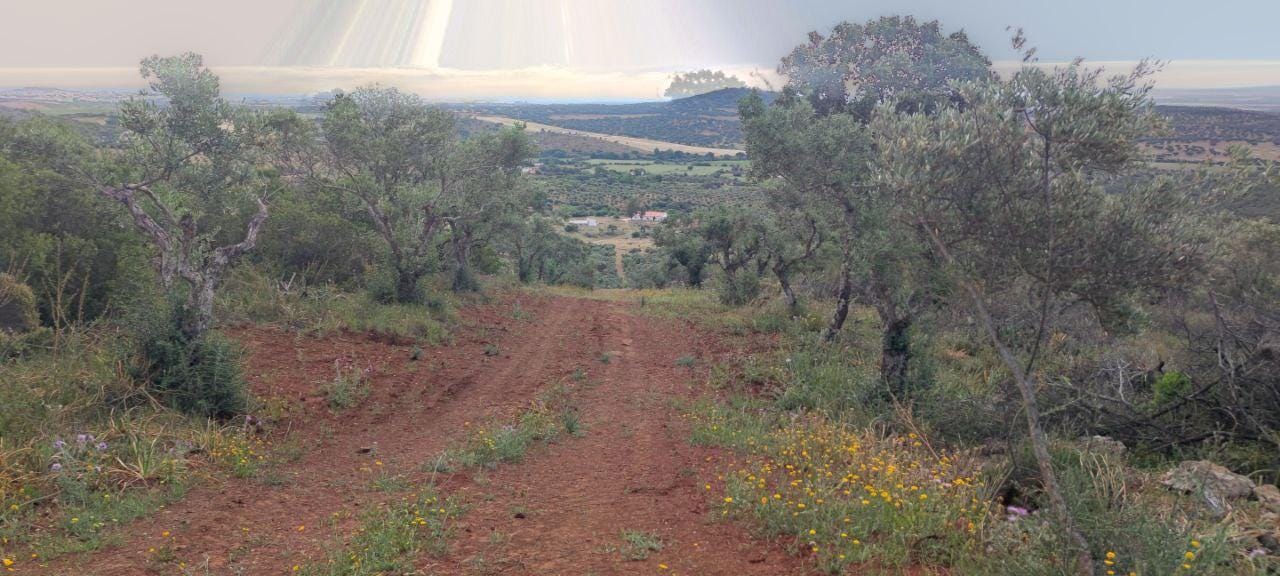
CONCEPT FARM
Monto dos Dados is an applied research farm in Alentejo, Portugal on the intersection of farming, IoT, Web3 & AI. The purpose is to investigate the tokenization of agricultural assets & sustainable ecosystem services such as soil quality, water retention, biodiversity maintenance, or CO2 sequestration using hardware wallets and sensor technology. The main question is how one can use data driven farming practices and tokenization to generate publicly verifiable sustainability-proofs that can provide additional revenue streams for farmer - such as the sale of tokenized CO2 certificates.
PUBLISHING
Token Kitchen regularly publishes on topics of tokenization, Web3 & blockchain networks with the aim to educate a non-tech audience about the socio-economic potentials (and threats) of the Web3 and its applications. We publish on various online and offline channels. While in the past the focus was on a general introduction of the Web3 as well as the token design and token engineering practices in various industries, we are increasingly focusing on the tokenization of sustainable agriculture practices with the experience we are collecting on the farm.
TOKEN ECONOMY

Token Economy has been a best seller since the first edition and is a primer to the Web3 Infrastructure and its tokenized and organizational applications. It describes how tokens are the main application of this new generation Internet.
The third edition has expanded in depth and scope, which is why it is being published as a series of three books. The books explain the fundamental building blocks and applications of Web3 to a non-tech audience. They describe why blockchain networks & other distributed ledgers as the backbone of the Web3 and map the socioeconomic implications of Web3 applications such as smart contracts, DAOs and tokens to the concepts of money, economics, governance and decentralized finance (DeFi).
The books of the third edition contain many updated tokenization use-cases, especially around the tokenization of real-world assets and “purpose-driven tokens” that steer DAOs. Read more:
TOKEN ECONOMY SERIES
CONCEPT FARM
SDGs & DATA DRIVEN FARMING
Working on the intersection of farming, data science and SDGs we investigate what one needs to measure using sensor technology in order to be able to monitor the biochemical interaction patterns between agricultural practices, soil quality, water retention, CO2 sequestration or the output quality of the crops and fruits.
SCIENCE & SENSORS
Working with scientists we identify what biochemical compositions of soil quality, tree properties, and olive oil quality need to be measured measured in order to generate proofs of sustainable agricultural practices. Working with IoT experts we identify the technical and economic feasibility of collecting necessary data with using sensor technology. Data science tools and AI models will generate value added data services on this data, to evaluate if and how many tokenized digital certificates can be issued.
TOKENIZATION
Creating test used cases we investigate how one can apply blockchain networks and other Web3 protocols to create create publicly verifiable tokenized proofs about the provenance and quality of agricultural assets as well as proofs of ecosystem services such as or proof-of-CO2 capture, proof-of-biodiversity protection or proof-of-water retention.
HARDWARE WALLETS
Unique digital identities for agricultural assets such as an olive tree can be created. Blockchain addresses and decentralized identifiers are a prerequisite for addressability in the Web3 so that the data that gets collected with sensors and drones (machine oracles) or verified by human experts (human oracles) can be easily attested to the identity of each tree and publicly verified as a result.

BLOG












GLOSSARY
Navigating through a sea of Web3, farming and biochemical terms is not easy as a newcomer which is why we are fostering a glossary with the most important terms for all those who are interested to learn more about the data driven farming and sustainability tokens.
.

LICENCES Services provided by the operator on the website free of charge are generally provided in accordance with the provisions of Creative Commons License – CC BY-NC-SA: This license allows reusers to distribute, remix, adapt, and build upon the material in any medium or format for noncommercial purposes only, and only so long as attribution is given to the creator. If you remix, adapt, or build upon the material, you must license the modified material under identical terms. For commercial permissions contact: hello@token.kitchen.






































